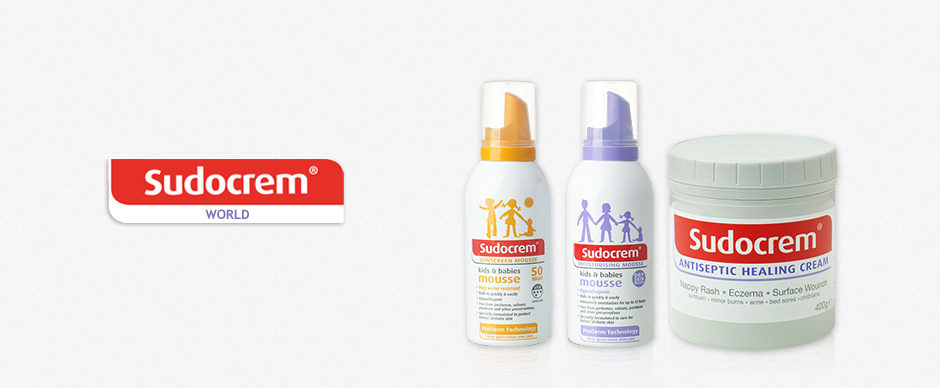Top 10 questions about Sudocrem and nappy rash
Can I use Sudocrem for anything other than nappy rash?
Although Sudocrem is the market leader in the nappy rash sector because of its antibacterial and antifungal properties, it can also be used to treat dry skin, heal wounds including cuts and grazes, minor burns or sunburn.
How can I prevent nappy rash occurring?
Prevention is always better than cure and, in theory, the nappy rash would never occur if the baby's bottom was always cool, dry and completely protected from irritants and infection. There are a number of ways to help prevent nappy rash.
How can I tell if my baby has a nappy rash?
You can recognise nappy rash in a number of ways, such as skin in the nappy area can become sore, spotty and hot to touch. The nappy rash will normally start with a slight redness in the nappy area and areas such as the buttocks and upper thighs can become red and moist. Find out more here.
How much Sudocrem do I need to apply?
The general rule is to use a small amount and apply in a thin layer. Massage in small circular movements until the Sudocrem has disappeared leaving a translucent film. If this does not cover the affected area apply a little more. Remember a little really does go a long way. If the area stays white after application, too much has been applied.
Does Sudocrem clog nappies, making them less effective?
If Sudocrem is applied correctly (i.e. a small amount applied thinly), there is no evidence to suggest that it will have a negative effect on the ability of nappies to absorb urine.
What is a nappy rash?
Nappy rash can also be a common cause of unhappy, crying babies. As many as one in four babies will suffer from nappy rash at one time or another and babies can be more susceptible during teething, when changing from breast to bottle feeding, or when starting on solid foods.
What is Sudocrem?
Sudocrem is a clinically proven treatment for nappy rash, which helps soothe, heal and protect your baby's delicate skin. It is made up in a base with water-repellent properties which form a protective barrier, therefore helping to stop any irritants (urine and stools) coming into contact with the skin. In addition, the emollient effect of Sudocrem can help to soothe sore inflamed skin whilst leaving the skin feeling soft.
What should I do to treat a nappy rash?
If your baby develops a nappy rash, then you need to soothe the soreness and ensure that the skin heals as soon as possible. This is where Sudocrem can help, plus it will protect the skin from further attack by irritants or infection.
Can Sudocrem be used for other skin conditions?
Although Sudocrem is the market leader in the nappy rash sector, it can also be used for other skin conditions as a soothing, protective antiseptic cream. Sudocrem can be used for:
- cuts and grazes
- dry skin
- minor burns
- sunburn
- Support the skin's natural ability to heal wounds
Gentle but effective, it won't sting on application. Sudocrem's formulation helps to reduce the risk of infection and contains a mild local anaesthetic to soothe the pain. In addition, it helps a wound to heal and forms a protective barrier over the vulnerable area.
Can it be used for treating the elderly?
Elderly skin is thinner and less resilient, more easily damaged and slower to heal than that of a younger person. Elderly people, especially those with limited mobility or those who are bed or chair based, may have special skin care needs. Skin complaints such as incontinence dermatitis and pressure sores can be distressing, both for the sufferer and friends or relatives who are involved in their care and well-being. However, there is much that can be done to help. As a tried and tested antiseptic healing cream, Sudocrem can also be used to treat the development of these skin problems.


